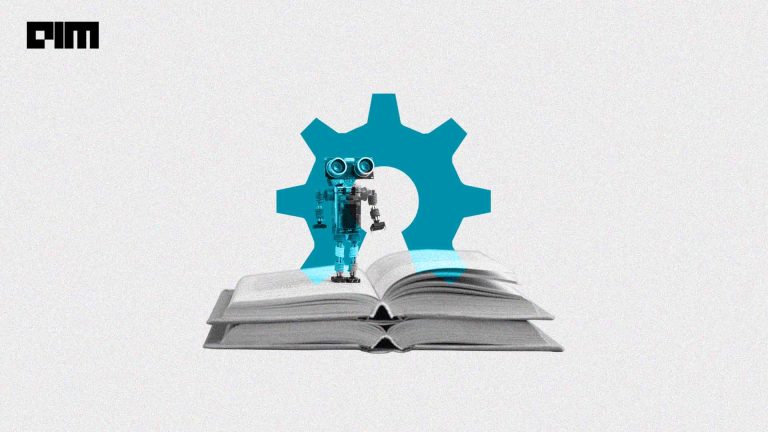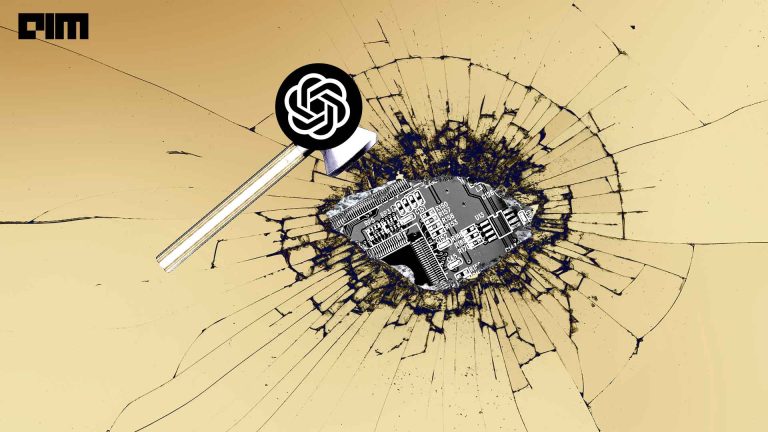|
Listen to this story
|
The semiconductor value chain is vast, and at the same time, the most vulnerable. The industry has historically had trouble maintaining supply-chain demand. So much so, that at times the supply has exceeded by as much as 20-25% even when the demand is only growing by 10-12%, resulting in a decline in pricing power and excess inventory.
However, there is one business in the semiconductor industry that consistently remains profitable, and that is the EDA (Electronic Design Automation) software, which is used for chip designing. This sub-sector of the semiconductor ecosystem focuses on providing design and testing tools to semiconductor designers.
EDA software market
The software solution works across all stages of semiconductor product development, including design, manufacturing, supply chain, and more. The semiconductor software market is estimated to be at $10.45 billion in 2023, according to one report.
The popular players in this field are Cadence, Synopsys, and Mentor (now Siemens EDA). The trio is said to make about 75% of the total EDA market, while also flaunting superior margins than the rest of the companies. Meanwhile, a few other companies in this area include Ansys, Keysight Technologies, Silvaco, Zuken, etc.
Unlike other segments of the value chain, the EDA software market is still open for smaller players and is not oligopolized by a few major players. It is currently emerging from a state of fragmentation, characterised by intense competition among various players. This can be attributed to the relatively low cost of development for software applications, resulting in low barriers to entry within the market.
EDA provides three primary services – productivity, optimization, and assurance – says Semiconductor Engineering’s Brian Bailey. As designs become larger and more complex, maintaining productivity with fixed team sizes and schedules is crucial. EDA helps balance cost, performance, and power, and also ensures a given design works after challenges in manufacturing with smaller geometries.
With the slowing down of Moore’s law, the demand for EDA is expected to grow further as the industry as a whole is looking for ways to find optimal solutions to specific applications, including various types of advanced packaging, chiplets, and a demand for integrated and customised hardware and software. In this regard, the EDA ecosystem is running against time to keep up with these changes.
“As transistor complexity increases in a chip, EDA companies are likely to benefit. By 2030, we will see 1 trillion transistor chips and EDA plays a big role in that,” said Sravan Kundojjala, principal industry analyst at TechInsights.
Increased R&D spendings
This is why, when compared with the software industry, Cadence (39.86%) and Synopsys (34.49%) have higher R&D spending percentage of revenue, which contributes to their competitiveness in the market. “EDA companies are investing in 3D IC and simulation in addition to serving FinFET/GAA customers. Moreover, they are adopting AI into their tools to further help their customers optimise designs,” said Kundojjala. The integration of AI helps with automated, intelligent design insights and offers the ability to scale engineering team productivity.
Moreover, these companies have been swift in offering cloud-based EDA solutions. Cloud technologies have demonstrated their ability to lower system maintenance expenses, provide advanced storage and computing resources, enable rapid scaling, and adaptable pay-as-you-go models. These benefits not only help in peak usage periods, but throughout the chip-design process. All this, while also reducing power consumption. “The increased chip design activity from hyperscalers and auto companies is a positive thing for EDA companies,” he added.
You cannot rule India out of this equation. There is a lot of tool-development going on in the country, but it is predominantly for US-based EDA companies. For example, out of over 9,500 employees, Cadence has about 3000 in India. Synopsys too, in the recent past, has accelerated its presence in India. The world is looking to India to fill the semiconductor engineer deficit. Meanwhile, there are also several Indian startups in the ecosystem including TronicsZone, Insilico, RioSH, among others.
Additionally, in a bid to promote the Make in India and Aatmanirbhar Bharat initiatives, the government has implemented several incentive schemes, including Design-Linked Incentive and Production-Linked Incentive, aimed at stimulating the growth of semiconductor, EDA, and EV startups.

















































































